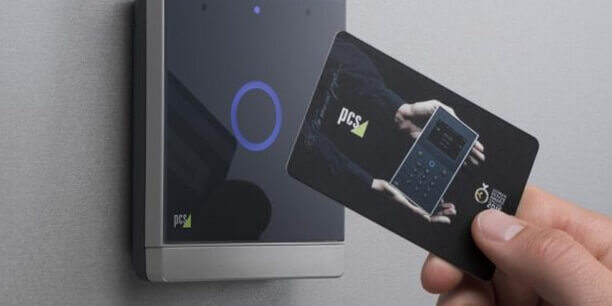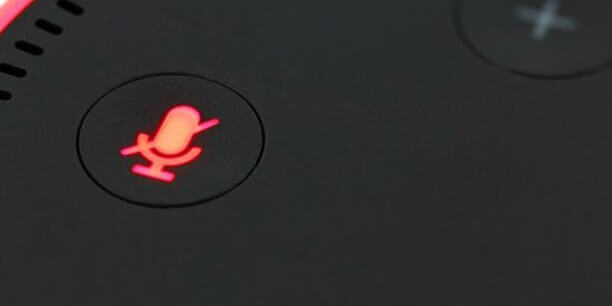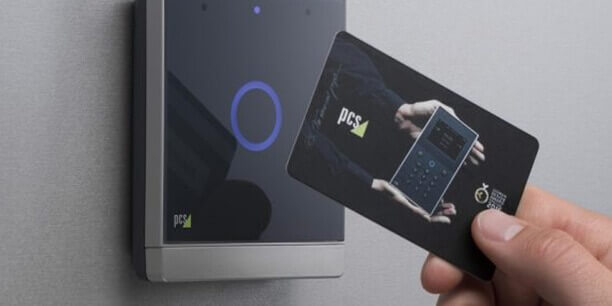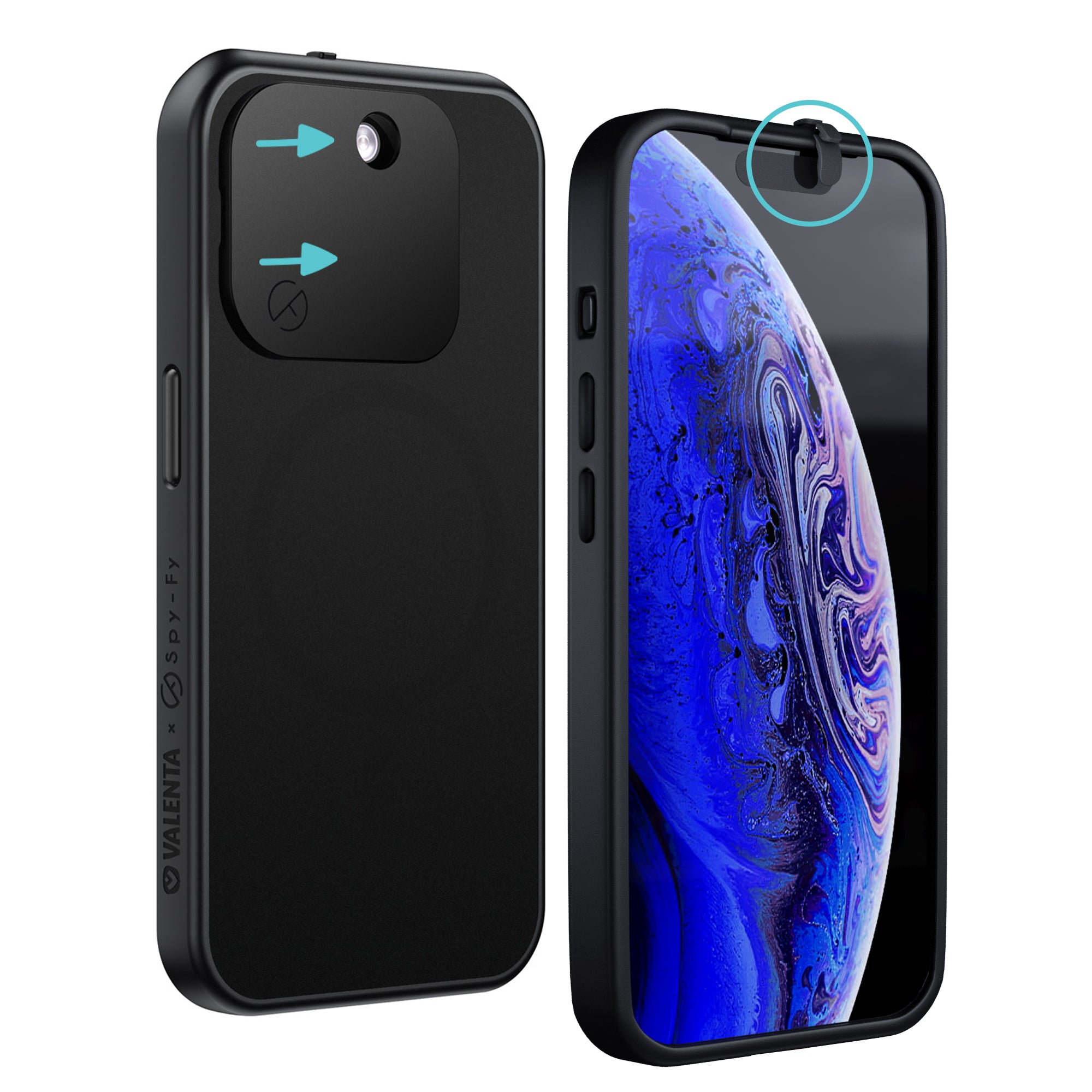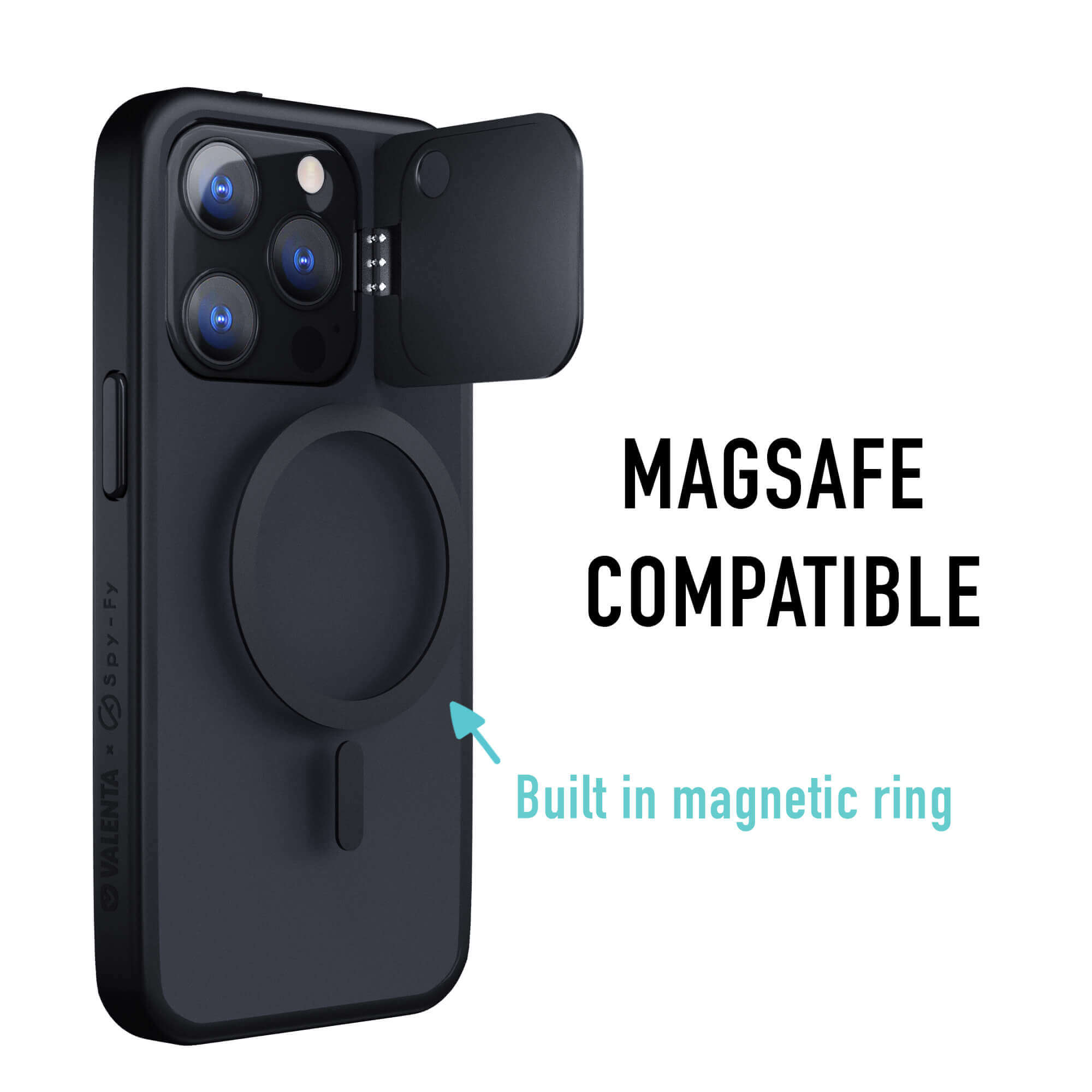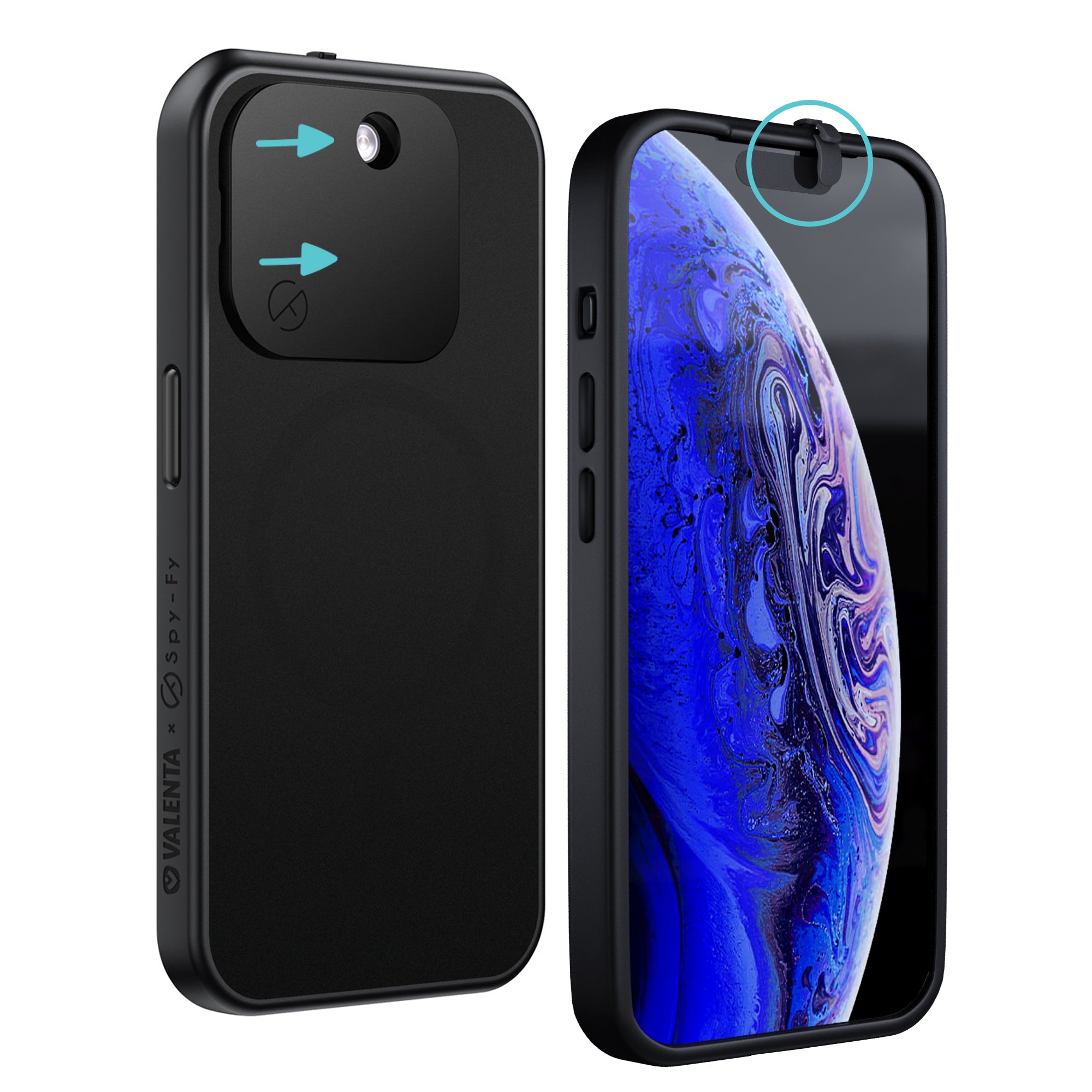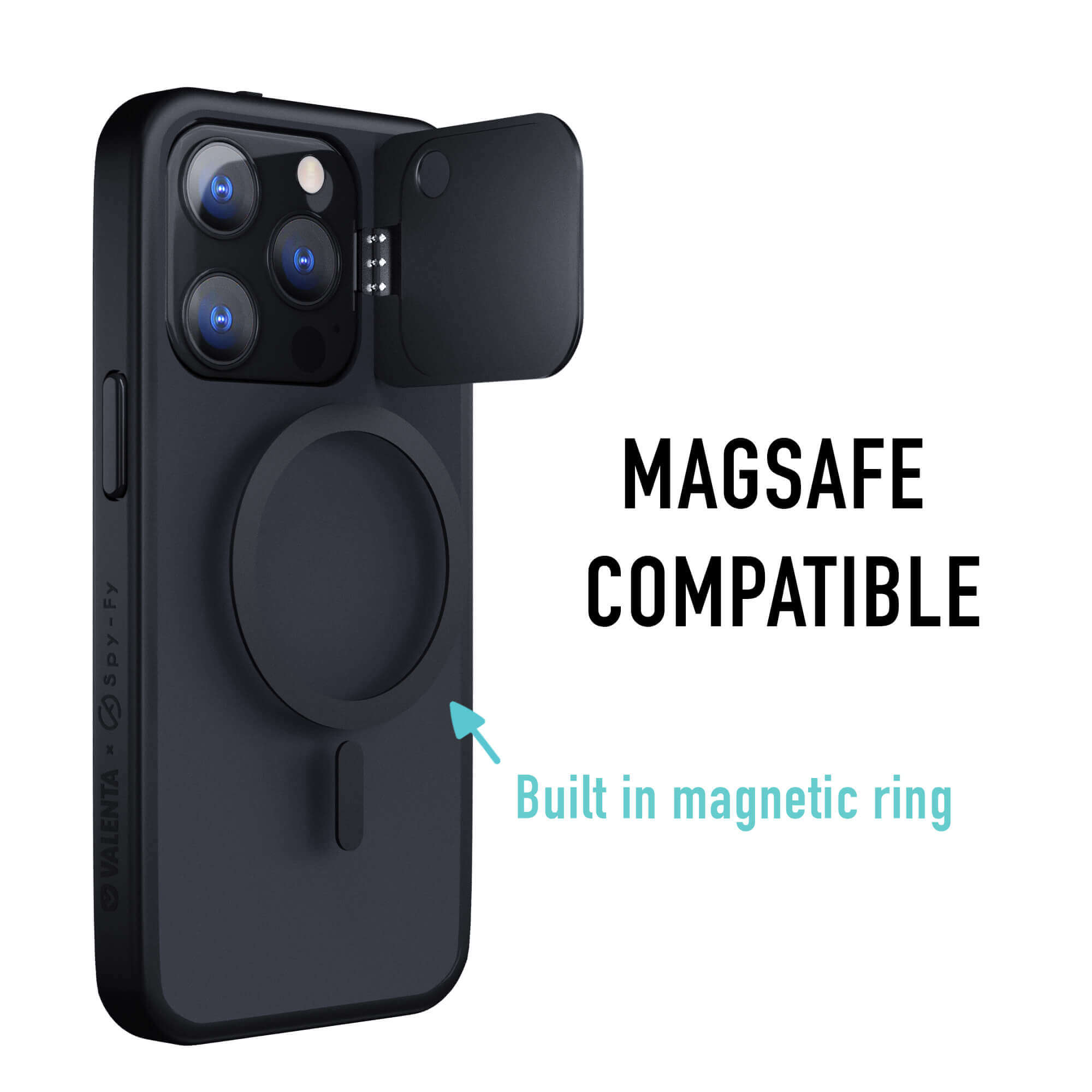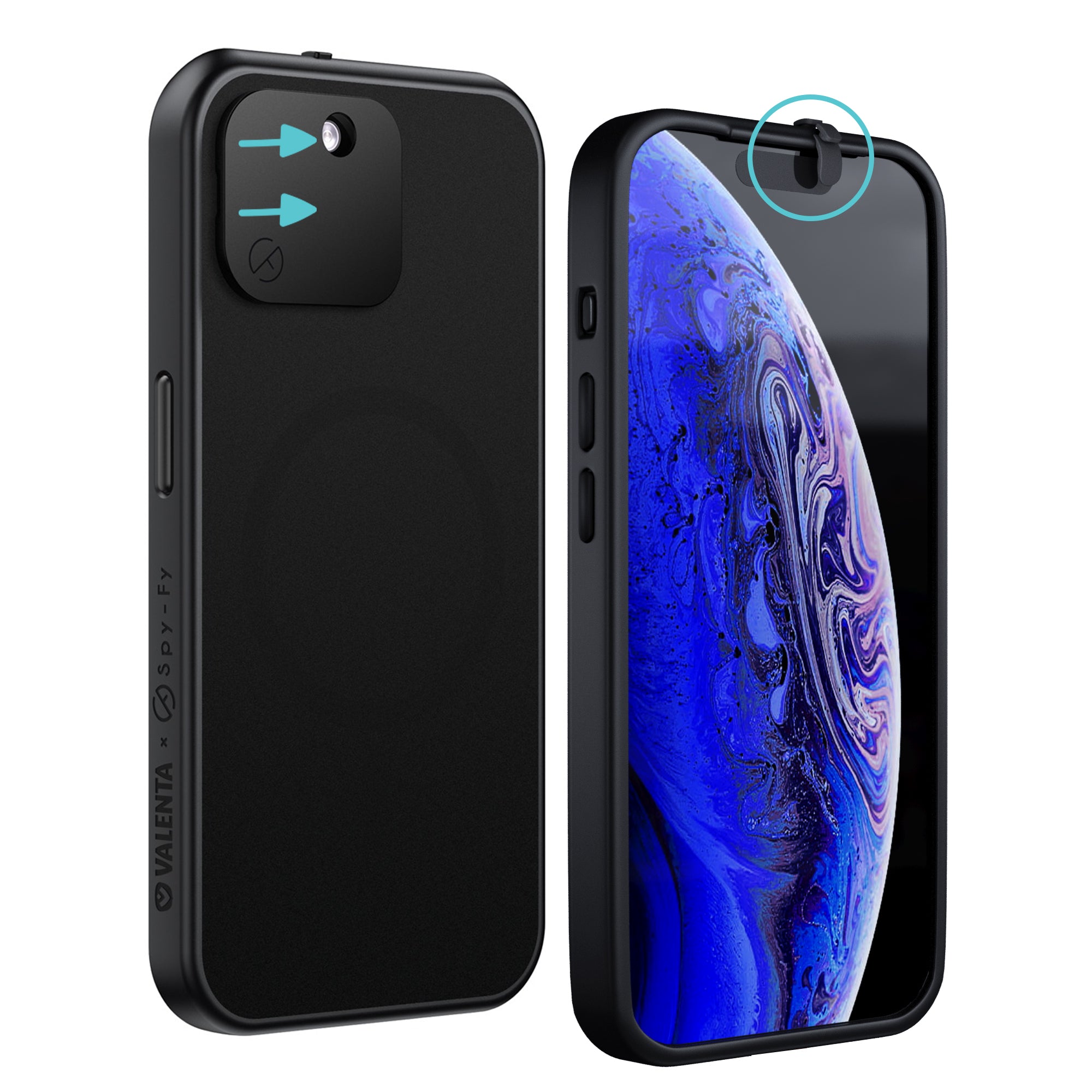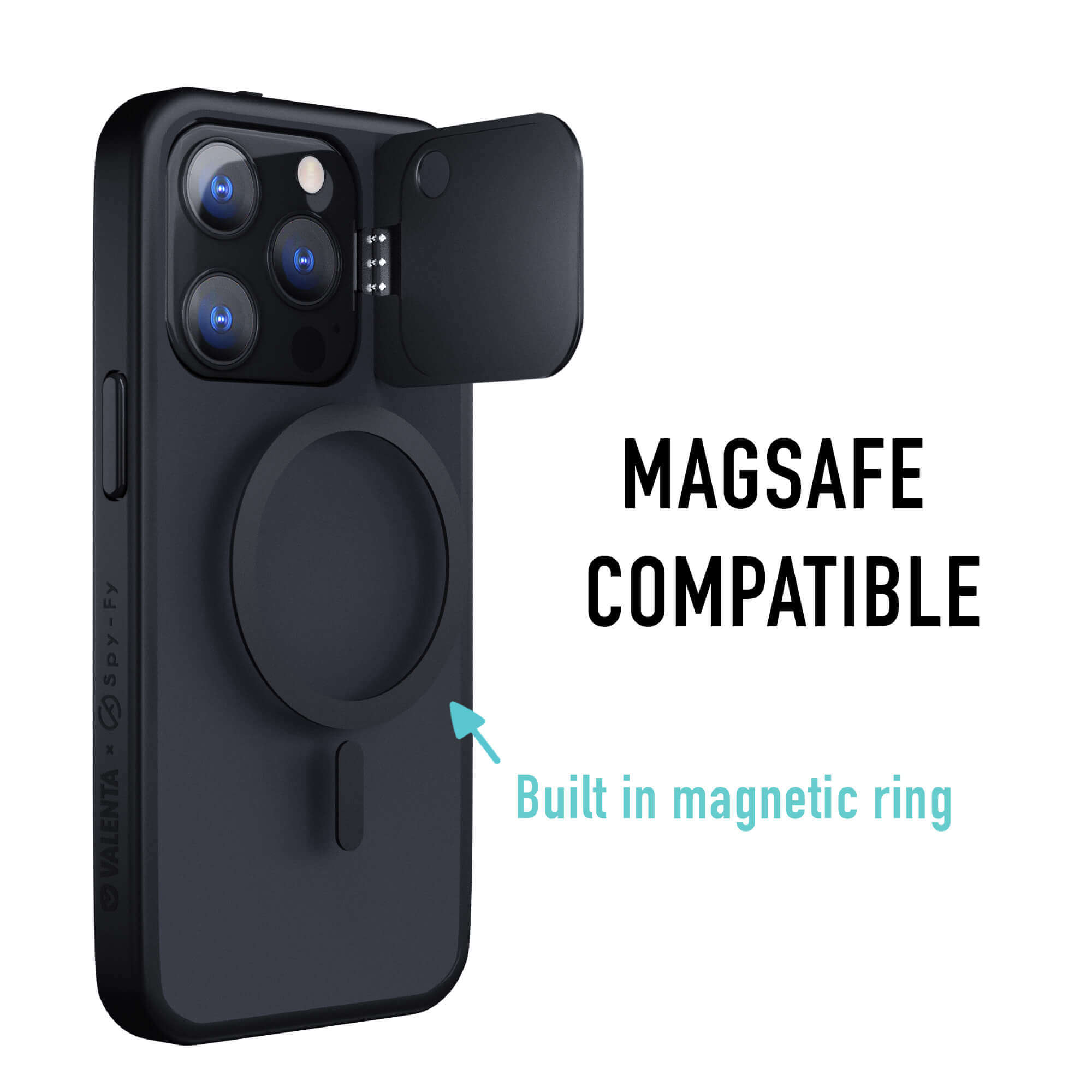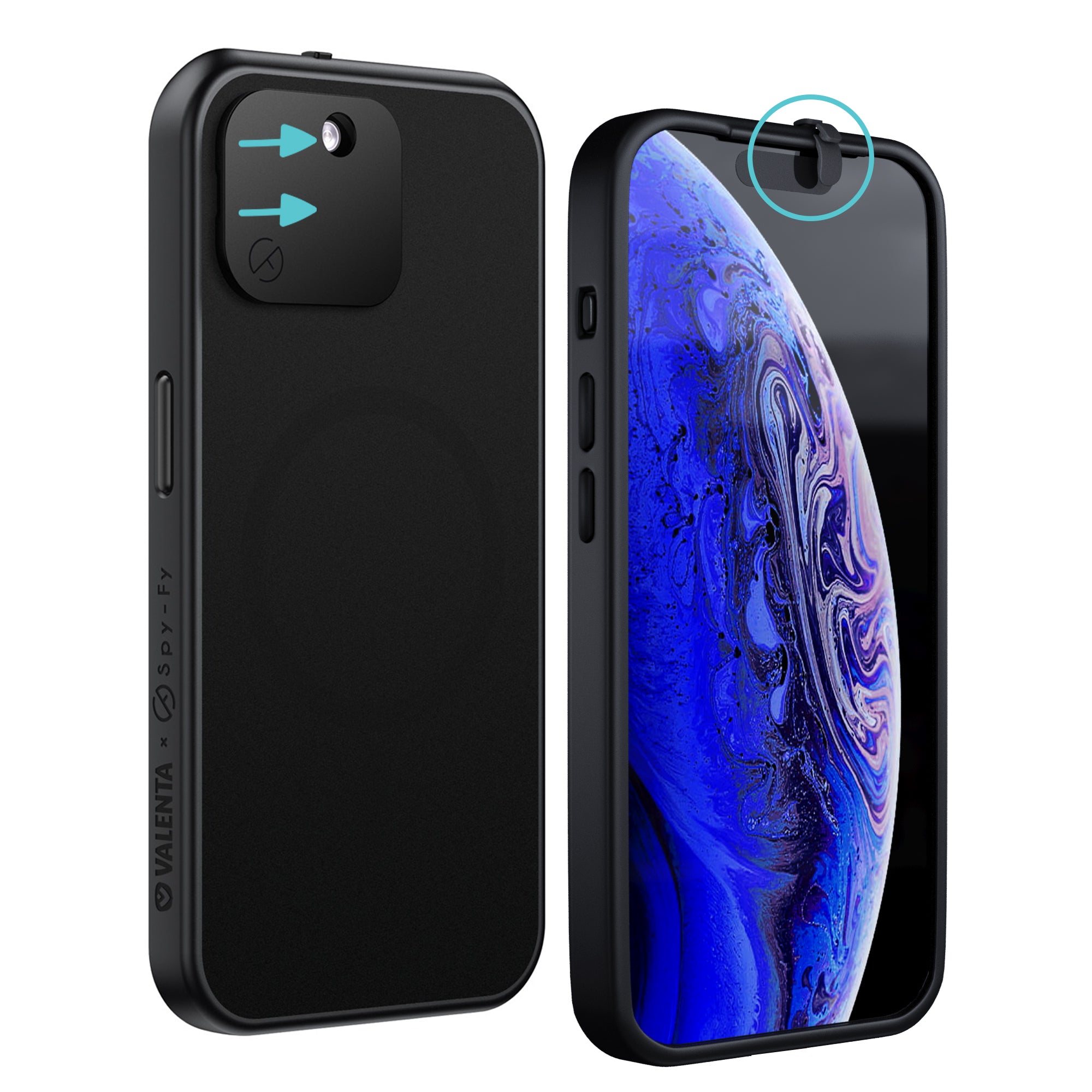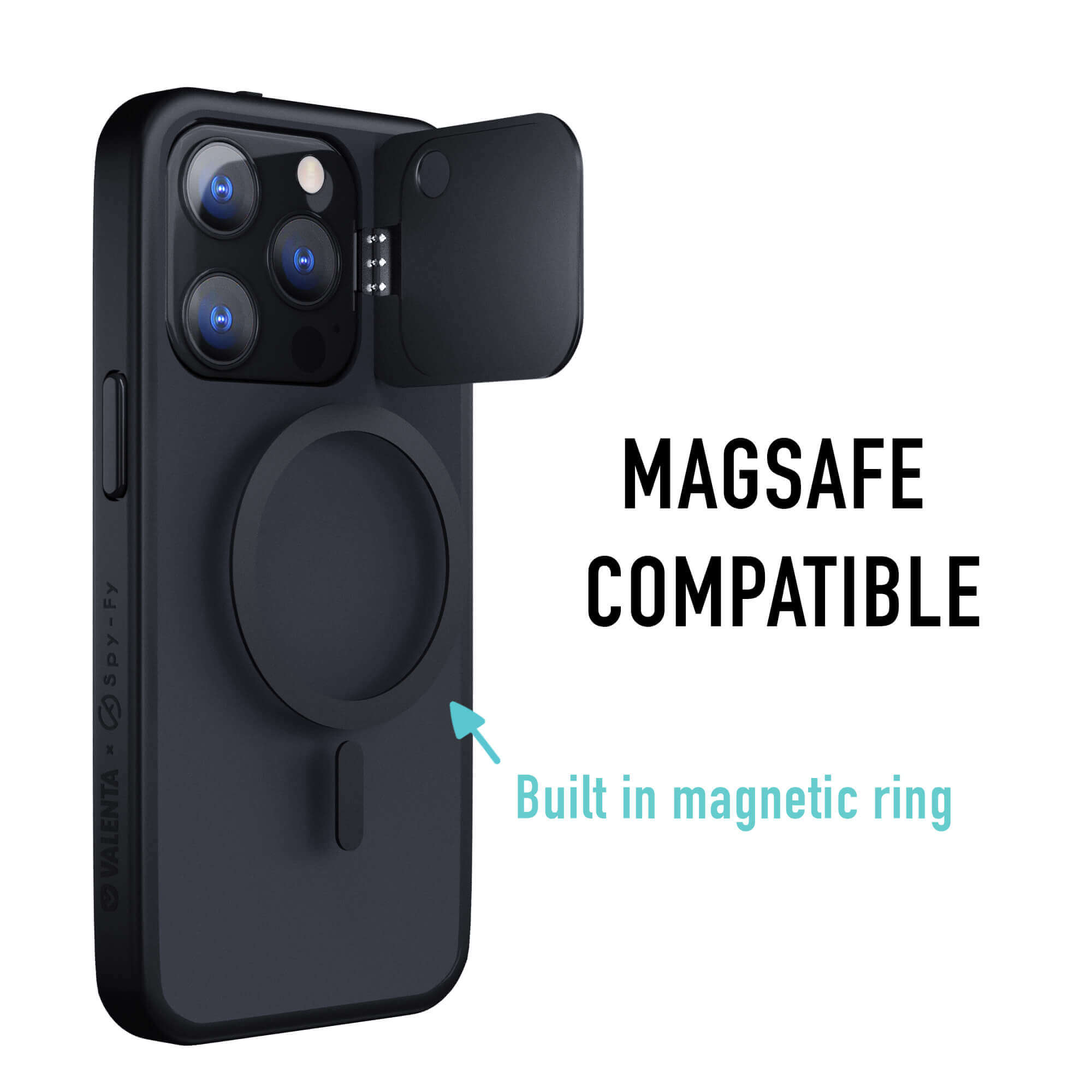Introduction about how does a RFID card work
Smart Cards have found many applications not only in the finance and payments industry but also in identity management, access control, logistics, healthcare, transportation, mobile communication, etc. As the applications of smart cards have grown, smart card technology has also evolved from simple magnetic stripe cards to RFID and NFC cards. Different types of smart cards are preferred in different applications. A Smart Card contains an embedded chip (integrated circuit) which makes it possible for it to store data and/or house a programmable microcontroller. A smart card system usually includes both the card and the card reader. The electrical specifications of the smart card, are based on the ISO 7816 specification. This includes specifications the dimensions and location of the different contacts points in the smart card.
RFID Cards are categorized based on usage into the following types:
⦁ Contract Type: This is when contact is required between the card and the card reader.
⦁ Contact-less Type: This type of smart card and card reader need not touch, however, the card should be held near to the reader.
Contactless smart cards may be further categorized based on the technology used for communication between the card and the card reader. This article concentrates on RFID smart cards and tries to explain how they work.
RFID Smart Cards
Radio Frequency Identification (RFID) technology is used in many contactless smart cards. RFID Smart Cards store information on a chip embedded in the smart card. The chip contains an embedded secure microprocessor or equivalent intelligence and internal memory. An antenna is also embedded in the plastic body of the card. RFID induction technology is used for communication between the card and the reader and also powers the card. The RFID technology used in this case works over a short range of fewer than 4 inches. As such, the card should be held near to the reader. Both the card and the reader communicate using radio frequencies via their embedded antennae.
When the card is brought into the electromagnetic field of the reader, the chip in the card is powered on. Once the chip is powered on, a wireless communication protocol is initiated and established between the card and the reader for data transfer. Following image from secure tech, alliance illustrates the contents of a contactless smart card. ISO/IEC 14443 defines the communication standards for contactless cards.
Following is a summary of the sequence of events that take place when the card is brought near the reader.
⦁ Energy is transferred to the card that powers the chip inside the card.
⦁ Clock signals are transferred from reader to card
⦁ Data transferred from reader to card
⦁ Data transferred from card to reader.
RFID smart cards are secure because any RFID reader cannot read the data from any smart card. The reader application would be required to have the secret keys that are used for encrypting data in the card. The card might block any attempt to access data on the chip if the encryption keys do not match. Similarly, communication between the card and the reader can also be encrypted. The level of security can be decided based on the application where it is used. Data can only be written into the smart card memory by someone who has the authority and knows the keys to the card.
Advantages and Applications
RFID smart cards are made in millions and cost per card may vary between 7 to 15 cents. As such they are considered low cost. They also offer an easy to use and secure mode of communication for identification. RFID smart cards are commonly used in applications which require protection of personal information and fast, secure transactions. Examples include identity cards, fare payment cards, credit/debit cards, etc.
